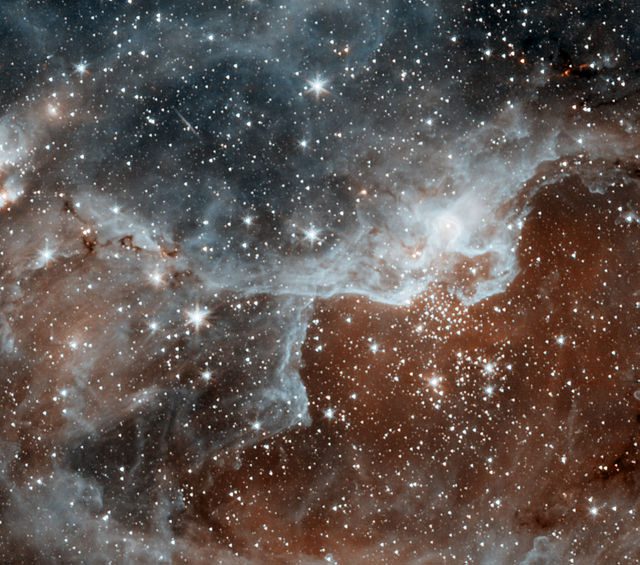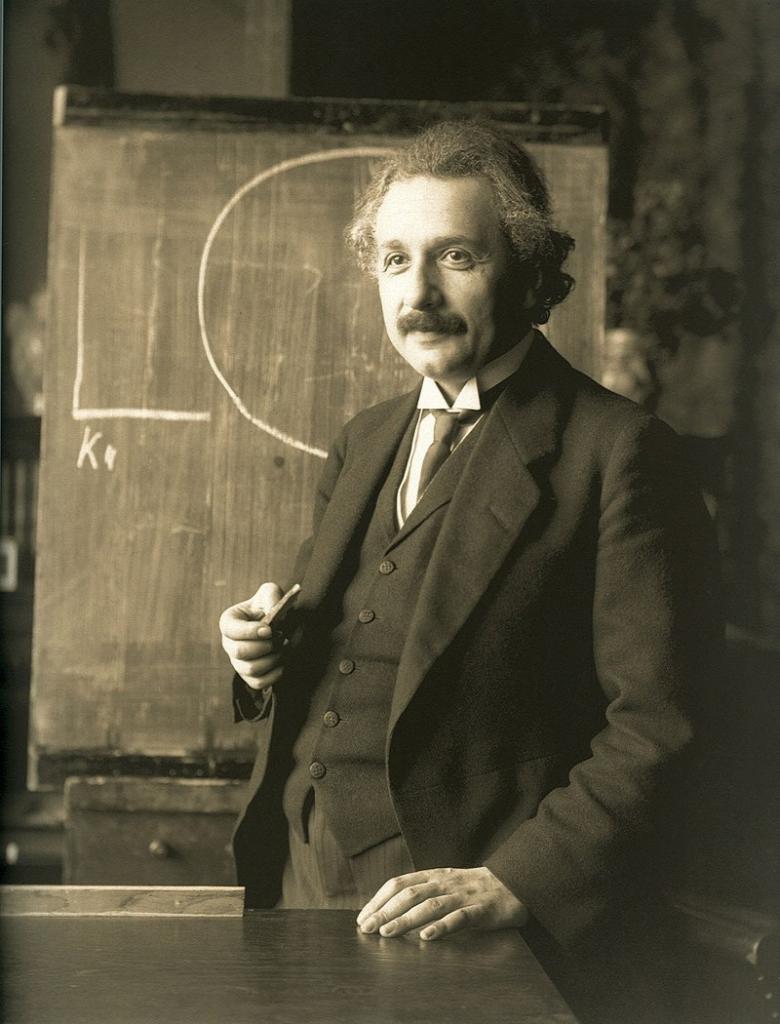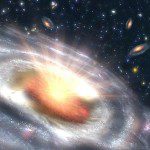
One online critic of the Church likes to use me in order to illustrate the nadir of Latter-day Saint scientific ignorance — rather analogously to the concept of “absolute zero” or “zero degrees Kelvin,” the minimum temperature possible, at which there is no heat and the movement of fundamental particles is at a minimum. I’m sure that he’s right to do so; surely nobody online would engage in an unfair caricature on so important a point. Still, I like to pretend to know something about current science, which is why (compared to the typical medieval Arabist) I read quite a bit on the subject.
Two articles that I’ve read recently strike me when taken together:
The first is Ryan C. Fortenberry, “First Molecule in the Universe: Scientists have identified mystery molecules in space and the compound thought to have started chemistry in the cosmos,” Scientific American 322/2 (February 2020): 58-65. In it, Professor Fortenberry discusses an important new development in the field of astrochemistry:
The first “atoms” in the universe were not atoms at all — they were just nuclei that had not found electrons yet. The simplest nucleus, that of common hydrogen, is a bare proton with no frills. When the universe banged into existence, energy was rampant. Everything was smashing into everything else. Protons and neutrons often collided, and some formed larger nuclei, such as that of deuterium (containing a proton and a neutron), as well as helium nuclei with two protons and two neutrons. Various other arrangements of protons and neutrons also formed, but because the identity of an atom is determined by its number of protons, all these other conglomerations were basically just different versions of hydrogen, helium, and traces of lithium. (60)
Helium, it seems, was the first of these to begin forming “real” atoms — that is, nuclei possessing electrons. When the first chemical bonds were formed, “the very first molecule (of any sustained abundance) in the universe” appeared. It was a new compound of helium and hydrogen, and it is called “helium hydride” or “helonium” (HeH+).
Unfortunately, while it is well grounded in theory, HeH+ cannot form on earth, except — if only very transiently — in laboratories. Now, though, after forty years of searching, it has been observed in space, in “the burned out cinder of an exploded star in the planetary nebula NGC 7027, part of the constellation Cygnus.”
I confess to amazement that science is able to find such things, both theoretically and, now, observationally. But humility is still in order.
Consider, for example, the second of the two articles: Ed Regis, “The Enigma of Aerodynamic Lift: No one can completely explain why planes stay in the air,” Scientific American 322/2 (February 2020): 44-51.
It turns out that, while nature figured flying out a very long time ago (in pterodactyls and birds and bats, for example) and while humans were able to achieve it somewhat more than a century ago, we still don’t really know how it works.
In December 2003, to commemorate the 100th anniversary of the first flight of the Wright brothers, the New York Times ran a story entitled “Staying Aloft: What Does Keep Them Up There?” The point of the piece was a simple question: What keeps planes in the air? To answer it, the Times turned to John D. Anderson, curator of aerodynamics at the National Air and Space Museum and author of several textbooks in the field.
What Anderson said, however, is that there is actually no agreement on what generates the aerodynamic force known as lift. “There is no simple one-liner answer to this,” he told the Times. People give different answers to the question, some with “religious fervor.” (46)

Even the great Albert Einstein waded into the controversy, with a 1916 article in the journal Die Naturwissenschaften entitled “Elementare Theorie der Wasserwellen und des Fluges” (“Elementary Theory of Water Waves and of Flight”). It didn’t fare well, and an attempt to implement his theory in an actual airplane design ended with considerable embarrassment. Decades later, in 1954, a year before his death, Einstein himself called his venture into aeronautics a “youthful folly.” (He was thirty-seven when the article appeared. He had already published on his “Special Theory of Relativity” in 1905 and on his “General Theory of Relativity” in 1915. He would win the Nobel Prize for Physics just five years later.)
We — speaking collectively — can predict the existence of HeH+ in theory and then go on actually to locate it in a distant planetary nebula. We fly around the world. (Or, least, we used to, prior to the advent of COVID-19.) Flying is routine. But we can’t explain flight. Which reminds me: We’re all familiar with consciousness. Many of us, in fact, are conscious. But we can’t explain consciousness, either.












